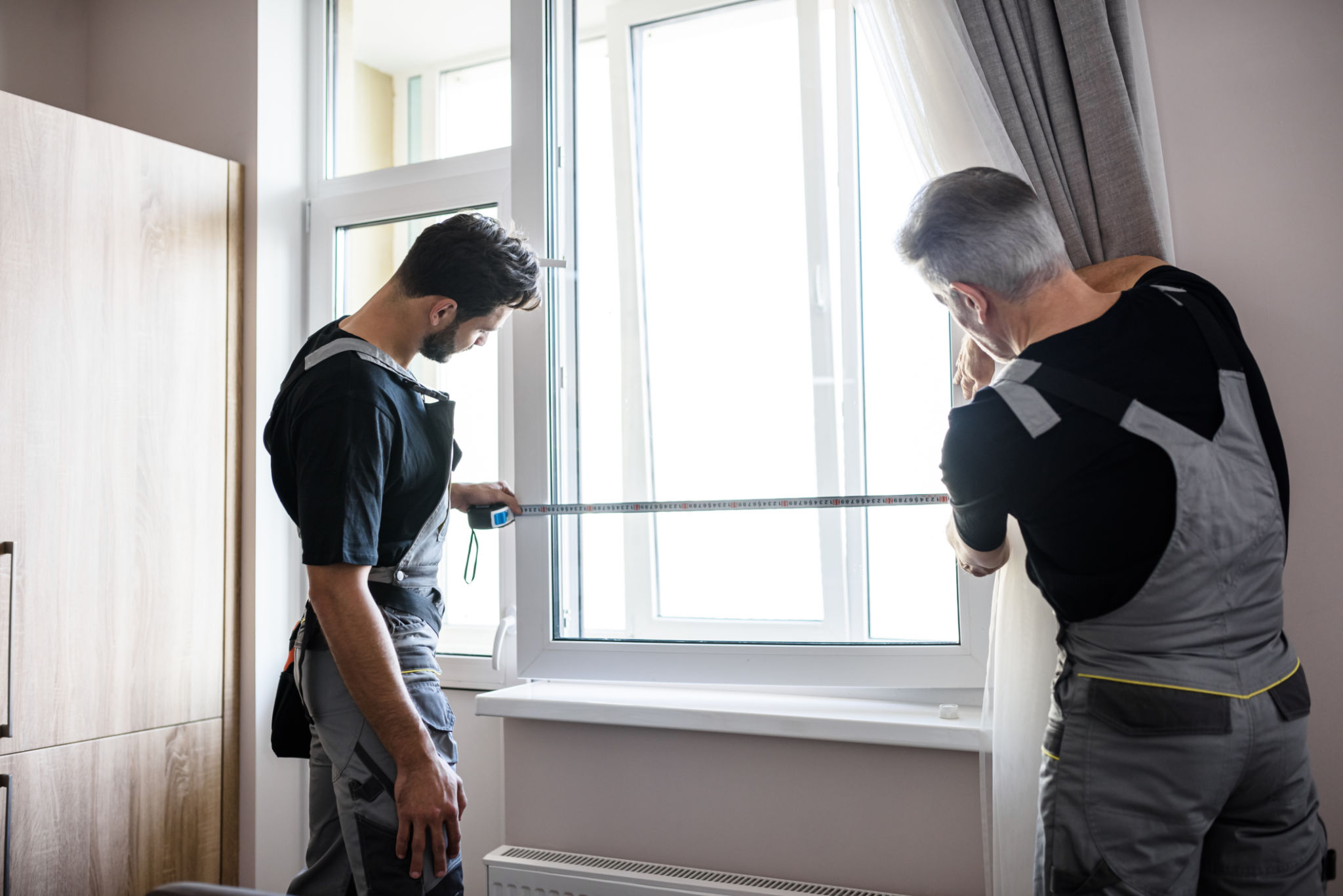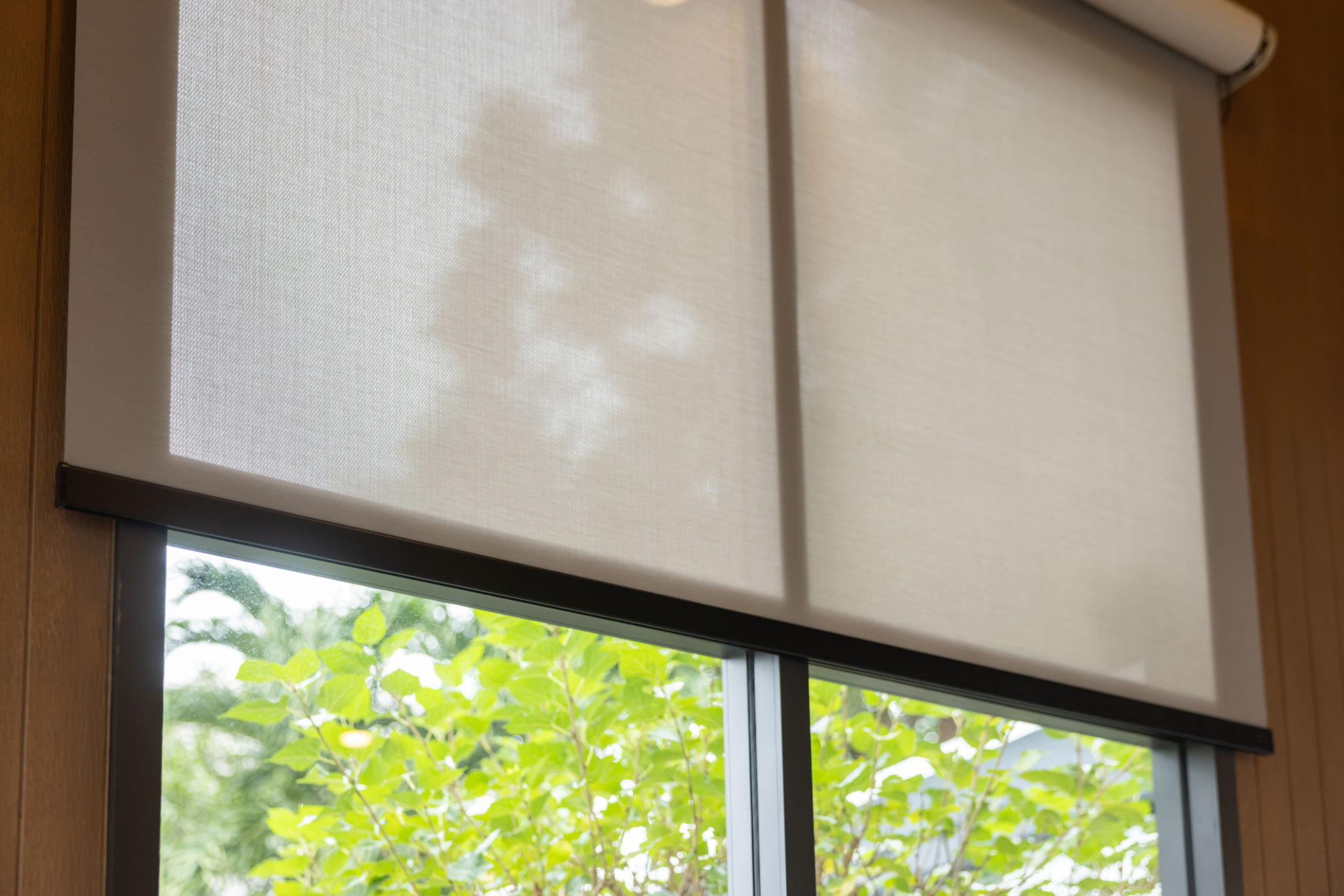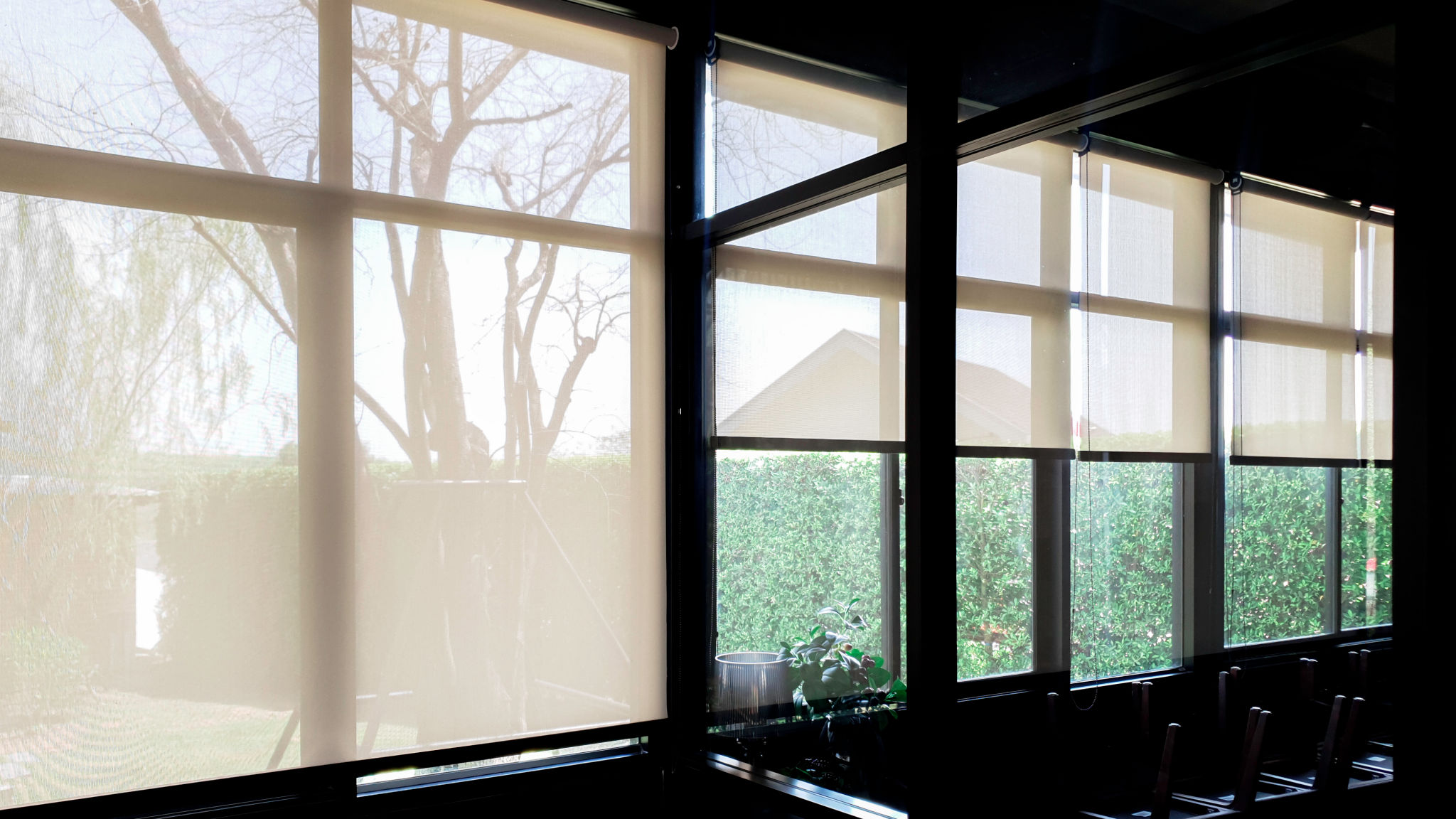How to Measure Your Windows for Custom Blinds
Why Accurate Measurements Matter
When it comes to installing custom blinds, ensuring you have precise measurements is crucial for a perfect fit. Improper measurements can lead to gaps, uneven alignment, or even the need to reorder your blinds. Taking the time to measure your windows accurately will ensure a seamless installation and enhance the overall aesthetics of your space.
Whether you're looking for privacy, light control, or simply to add a decorative element to your room, custom blinds can provide a tailored solution. However, without accurate measurements, even the most beautiful blinds can look off-kilter and detract from your room's appearance.

Tools You'll Need
Before you begin measuring, gather the necessary tools to make the process smoother and more efficient. Here's a list of items you'll need:
- Steel Tape Measure: A steel tape measure provides accuracy and ease of use compared to a fabric tape measure.
- Paper and Pencil: To record your measurements as you go.
- Ladder or Step Stool: For hard-to-reach windows.
Measuring for Inside-Mount Blinds
Inside-mount blinds fit within the window frame, offering a clean and built-in look. To measure for inside-mount blinds, follow these steps:
- Width: Measure the inside width of the window frame at the top, middle, and bottom. Record the smallest measurement to ensure the blind fits properly.
- Height: Measure the height from the top of the window opening to the window sill in three places: left, center, and right. Use the longest measurement for your order.
- Depth: Ensure your window frame has enough depth to accommodate the mounting brackets.

Measuring for Outside-Mount Blinds
Outside-mount blinds are installed on the wall or molding above the window. This option is ideal for windows with shallow frames or if you want to make your window appear larger. Here's how to measure:
- Width: Measure the desired width of the blind. Typically, add 2 to 3 inches on each side of the window to provide ample coverage and block out light effectively.
- Height: Measure from where you want the top of the blind to start (usually above the window frame) to the bottom of where you want it to end. Add 2 to 3 inches to this measurement for optimal light control.

Double-Check Your Measurements
Once you've taken all necessary measurements, it's important to double-check them for accuracy. Mistakes can happen, and it's better to identify them now rather than after placing an order. Verify each measurement against its corresponding window and make any necessary adjustments.
Recording each measurement clearly is also essential. Consider creating a simple chart or spreadsheet for easy reference. This can be particularly helpful if you're measuring multiple windows throughout your home.
Final Tips for Success
When measuring for custom blinds, remember that precision is key. Always use a steel tape measure for accuracy, and take your time to ensure each measurement is exact. If you're unsure about any step in the process, don't hesitate to consult with a professional or seek guidance from the blind manufacturer.
By following these guidelines, you'll be well on your way to achieving beautifully fitting custom blinds that enhance your home's look and functionality. Happy measuring!
